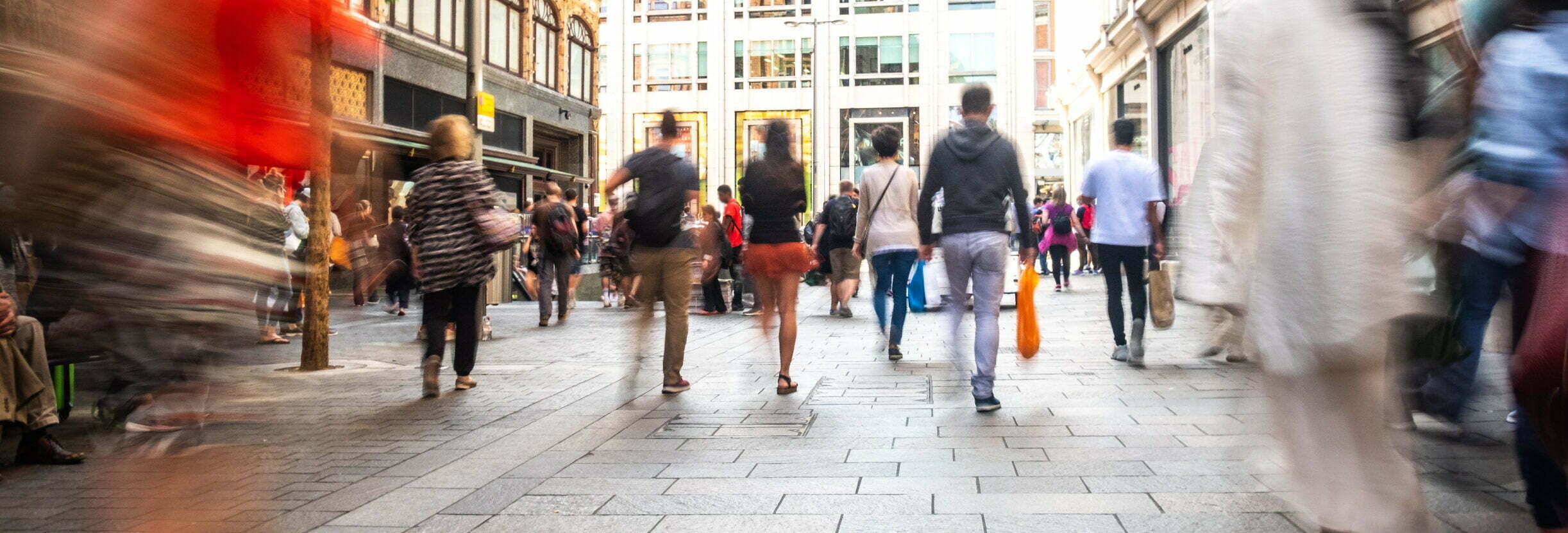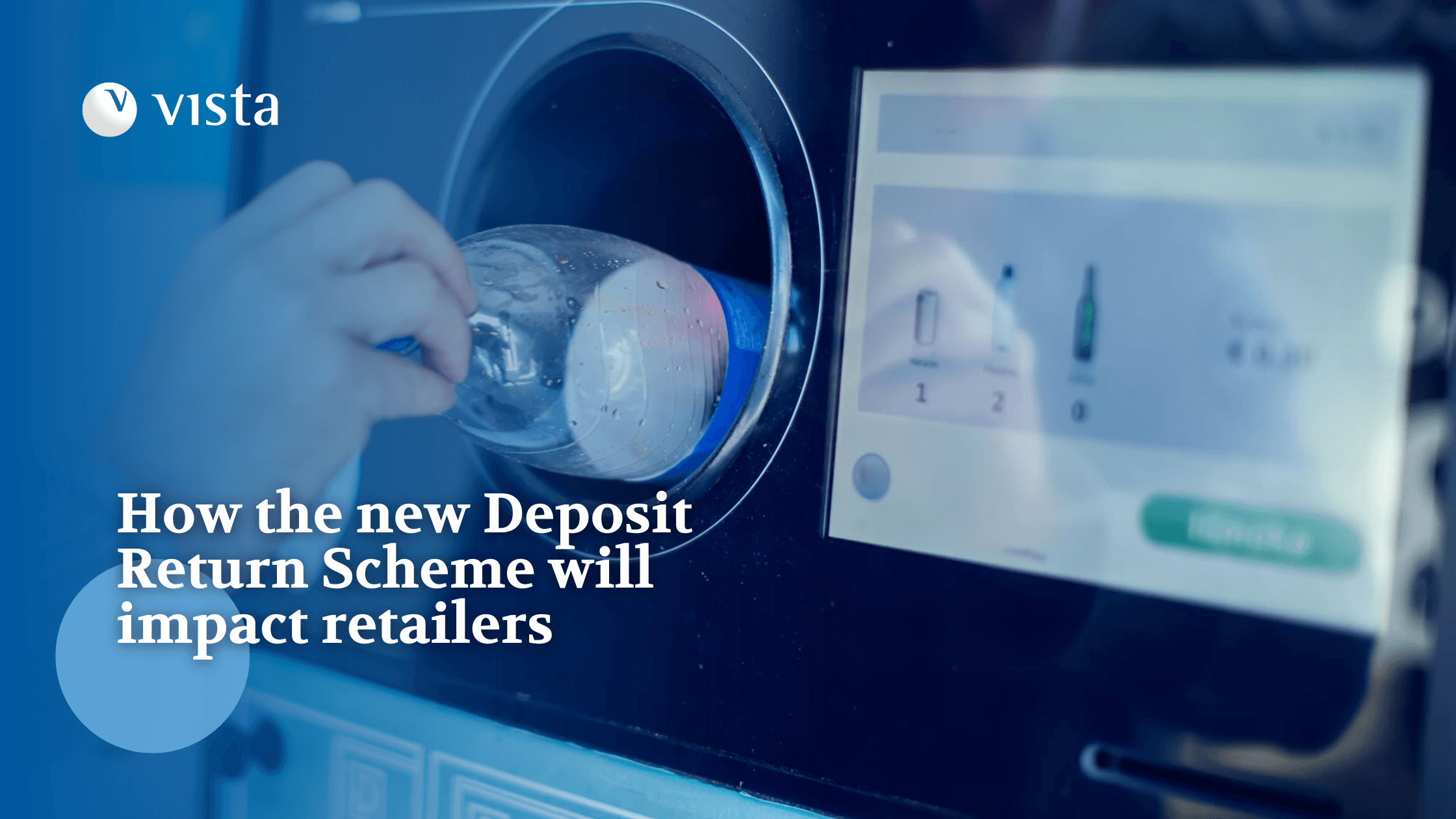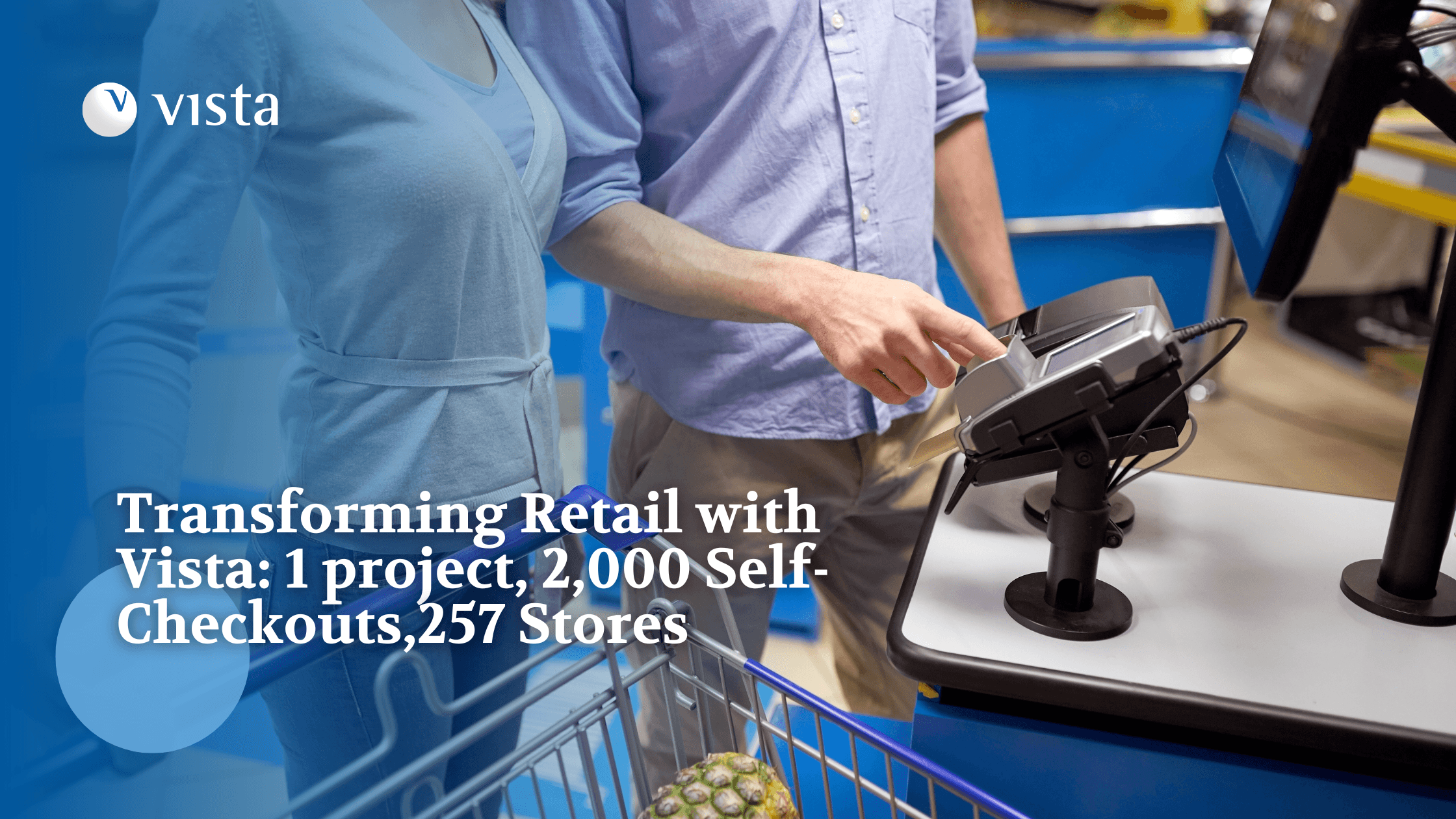
Vista Retail Support recently conducted a nationwide survey to see how much the public’s shopping habits have changed since the world went into lockdown, and how we can expect these behaviours to change now that the high street has started to re-open.
Nearly 400 people from across the UK took part in the survey, with demographics ranging from the under 20s to the over 65s. These latest insights can provide real food for thought when exploring how retailers can confidently bounce back on the high street.
Since England’s high streets re-opened in June, we wanted to find out how likely it is for the public to return to retail stores over the coming weeks and months for their non-essential shopping. 75% of those surveyed said they are “likely” or “very likely” to return to retail stores for shopping. Interestingly, when asked how frequently they expect they will return to stores compared to before, there was almost an even 50/50 split between those who answered, “much the same” versus “less often”.
Could this be because many retailers nailed an online strategy that customers are happy to continue with, or simply because people are nervous to return to stores for health reasons?
Our expectation is that it’s almost certainly a combination of both factors. However, judging by the responses, it appears that as the lockdown relaxes, so too will people’s concerns around returning to stores if retailers have put the right health and safety assurances in place.
So, is there an appetite for the high street?
Based on the overall average of responses to our research, there is certainly a degree of eagerness for the public to return to retail stores.
Drilling down into specific age categories however, the responses show very mixed feelings about just how eager they are and what’s causing concern. For example, 80% of respondents aged between 21 – 35 years old said they were either “likely” or “very likely” to return to retail stores for their shopping. However, this isn’t without stipulation. When the same age category was also asked if they were nervous to return to stores, 43% of them answered either “yes” or “unsure yet”.
It also appears that this same age group has embraced online channels, with almost 60% of them saying they will continue to shop this way even though their high streets have reopened. So, although there is obvious demand to get back into stores, retailers still need to nurture a major proportion of this demographic to regain their confidence that, not only is it safe to return to stores, but they will also have a positive experience when they do.
By comparison, over half of the respondents under 20 years old said they were “very likely” to return to retail stores, and 25% of them believe that they will actually return to retail stores more than they did before lockdown. Much like the findings from our earlier research into Generation Alpha, it seems clear that this age group highly values the social interaction that retail stores provide, and they missed getting their fix of this.
Although online channels have been very well-received throughout lockdown, moving forward retailers must continue to recognise the importance of having an omnichannel strategy. Being able to deliver experience-driven shopping is something their most influential customer demographic demands, so despite nervousness now, we shouldn’t presume the demand for in-store is going to disappear altogether. Expectations have just shifted. Where online delivers convenience and ease, in-store shopping makes for an enjoyable experience that even a global pandemic couldn’t rule out.
Another noteworthy factor that seems to be influencing the public’s attitude to the re-opened high street, is how long people are prepared to queue before they can enter a store. Almost 95% of our survey’s respondents answered that they would not be prepared to queue outside a shop for any longer than 20 minutes. 52% of these were only willing to queue for up to 10 minutes.
Perhaps, then, this is where retailers could use this idle time to introduce new and engaging solutions. Queues may well present an opportunity for retailers to maximise customer interest, by leveraging interactive solutions such as customised guest Wi-Fi. If most people are willing to queue for up to 20 minutes, they may well be willing to spend this time browsing the store’s website, viewing the latest product promotions, or even joining their loyalty programme before entering.
Our research has certainly indicated a more ‘cautious customer’ since the public initiated its return to the high street. Nervousness has not suddenly stopped, but with retailers implementing the right hygiene and social distancing measures, we should expect consumer confidence to rise. Where many retailers’ online strategy is already pleasing customers and has proved to be a satisfying alternative to in-store shopping, innovation in-store is what’s going to play the biggest part in turning confidence in the high street into actual footfall.
Published 07.07.2020
[sharethis-inline-buttons]


